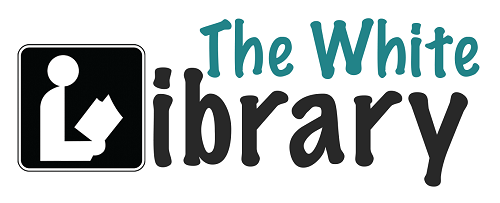
Data and analytics have become an inseparable part of any company. With the advancements in machine learning and artificial intelligence, data science course in Hyderabad is witnessing a huge growth. New and more efficient versions are being launched every day and here is our list of the top trends expected to be prevalent in the coming year, 2020 –
Augmented analysis
With constant innovation and technological development, terms like Artificial Intelligence and Machine Learning have become quite common. The use of such technologies along with natural language processing for preparation of data reports, evaluation and explanation of results will notice a rise. This is meant to enhance the way people explore and analyze data. By bringing this technology into multiple aspects of data science, the job of scientists and engineers becomes easy as they have a ready system designed to develop and manage data.
Graph application
Visual media is the strongest form of memory. What you have seen has a better chance to stay in your mind for a long time as compared to what you heard or read. Understanding this principle and using it for the benefit of users, companies have come up with the feature of visual data in the form of graphs and charts. Graph processing and evaluation can help the users to grasp the summary of the data with just one glance. Graph analytics includes the formation of models that decide how the data is connected across various points. A visual representation of such data is then made. Due to improved and lower-cost processing, graph analytics and databases have become a popular choice for analytical deployment. Graph analysis shows the interrelationship among entities such as people, places and things.
Persistent memory
Due to the increase in size and complexity of data, the use of in-built memory in Database Management Systems can be a type of restriction. Companies nowadays require better storage options as well as faster and more efficient performance. To overcome this problem of old servers, persistent memory technologies have been developed. These extract the just of the data and store enormous amounts of information which is extremely high as compared to normal servers with or without memory chips. However, it is interesting to note that the companies might take several years to modify their software accordingly.
Conversational analysis
Conversation skills in machine learning refer to understanding commands in everyday language through typing or voice recognition. Almost everybody is now familiar with features like voice recognition and voice-based searches. It is predicted that in the coming year, about half of analytical queries will be made through the medium of speech. Innovations like natural language processing and conversational analytics have the ability to support business requirements. Those include managing data trade, employees, clients, and much more. For easy understanding, let’s take an example, suppose you ask the virtual assistant in your phone to make a call or book an appointment. It’s similar to that except for the fact that it would not be a phone assistant like Siri or Cortana, but much more than that. It would be a whole software of NLP/conversational analytics. With the efficient interface, the user can conveniently access data with the use of mere texts or his own voice.
In order to get well versed with data analysis and evaluation using modern technology, joining professional classes can really help to a great extent. Various institutes like PST Analytics provide those services at an affordable rate with utmost efficiency so that you can stay on top of your game!
